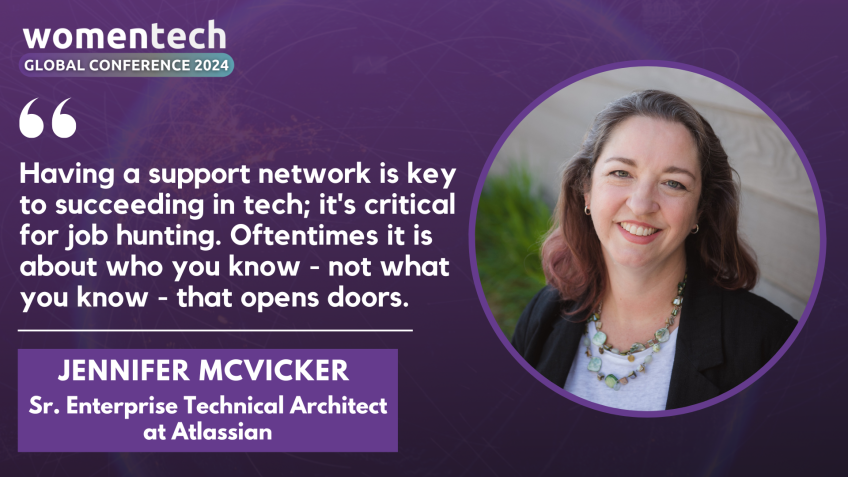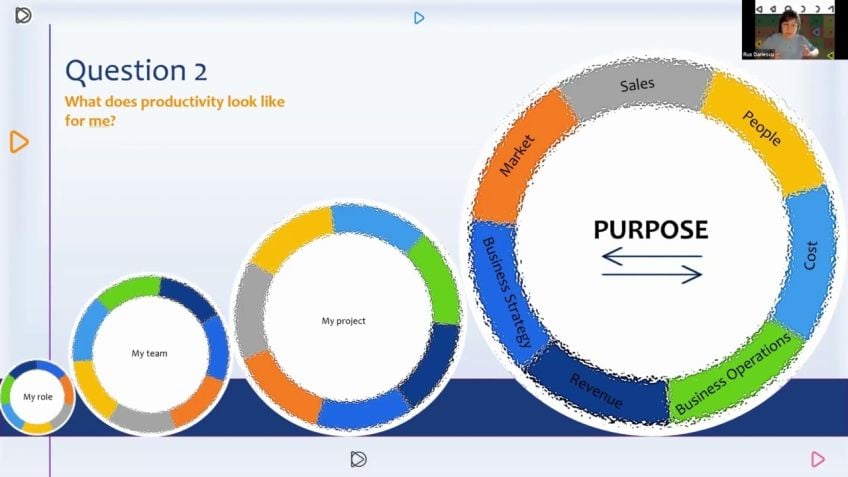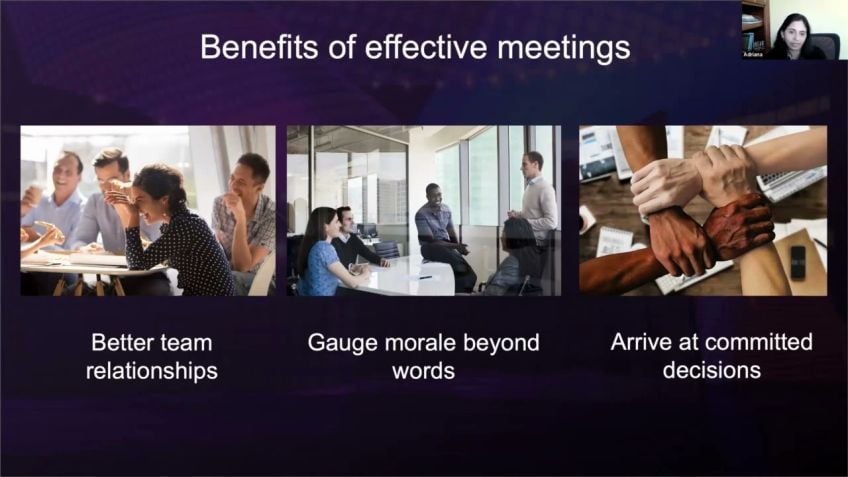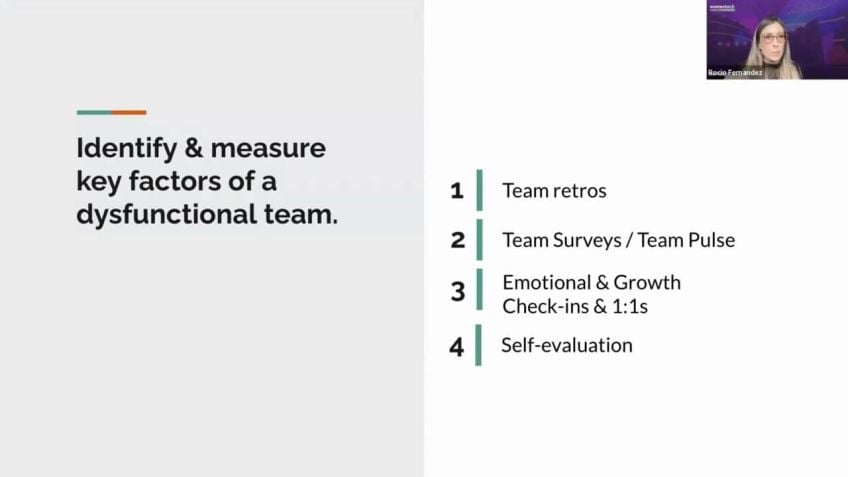Stop Having Crappy Meetings - You're Killing the Team
Becca Savino
Organizational Health ConsultantRevamp Your Meetings with the Six Types of Working Genius
If you're tired of lifeless and unproductive meetings, you're not alone. Today, I will introduce you to a unique tool that could transform your perception of these business gatherings. Say goodbye to the soul-sucking meetings and hello to a new way of making the most of your time: The Six Types of Working Genius tool. Designed by Patrick Leon and The Table Group, this approach could be the solution you've been searching for, whether you're working on large-scale projects or smaller tasks.
What is The Six Types of Working Genius?
The Six Types of Working Genius model segments the process of accomplishing tasks into six different types of activities. These classifications help identify which activities can boost your productivity (the "geniuses") and which can bring you down (the "frustrations"). By inventing a common language, everyone within a team can stay on track and understand their role in the process. Let's delve deeper into the six geniuses.
Detailed Look at The Six Types of Working Genius
1. The Genius of Wonder: These individuals are natural questioners, always looking for better ways to accomplish tasks. They set the stage for change and innovation.
2. The Genius of Invention: This group loves a blank slate and the opportunity to solve problems creatively, though they often need help evaluating their ideas' merit.
3. The Genius of Discernment: They have an instinctive intuition or judgment about the merit or workability of a solution.
4. The Genius of Galvanizing: These individuals are the motivators that spur the team into action.
5. The Genius of Enablement: These are the hands and feet of the process, always eager to lend help where possible.
6. The Genius of Tenacity: The checklist kingpins, they ensure that all tasks are completed with the intended results, thus addressing the questions raised by the geniuses of wonder.
The Impact of The Six Types of Working Genius on Meetings
Understanding where you fit into these six geniuses can drastically improve the dynamics of your team meetings and overall productivity. This comes into play when the meeting's aim aligns with the "altitude" of your genius.
For instance, if you prefer being ground level, you'll thrive better in meetings requiring tenacity instead of those requiring creativity and speculation. This way, everyone knows what to expect, and distractions or 'turbulence' can easily be managed.
Take the Leap!
To identify your genius, or those of your team members, head over to workinggenius.com and take the assessment. If you require further assistance with the application of this model, Get in touch with me, Becca Savino, at Green Thumb Consulting. Utilize the Six Types of Working Genius model and watch both your team - and your meetings - start to thrive.
Video Transcription
Hello, everyone. My name is Becca Savino and I'm a co-founder at Green Thumb consulting where we help humans and their businesses grow.So if you're here today, I'm assuming that maybe you've had a Google search that looks a little something like this, uh which means that you are tired of soul sucking and life draining meetings. So here's the deal. Meetings should actually be an incredibly effective and useful um use of your time and dare I say it fun. However, we find that so often as you can see from this screen that people really think that meetings are awful and they so often are. So, why exactly? Is that? Well, oftentimes people really don't know where they're at in the process of getting anything done and when they're trying to accomplish things and then in meetings, they don't really know what they're trying to accomplish. Even when they have all the agendas that they could possibly have, they just don't know how to stay on track and accomplish things. So, my absolute favorite individual and team productivity tool really helps us combat this and it's called the six types of working genius. And it's the newest model by Patrick Leon and the Table group.
So this model breaks down the process of getting anything done into six activities of work and then helps us identify which two of these activities of work are gonna be really fueling to you and which two are gonna be really draining to you. So we call the ones that are really fueling to you, your geniuses and the ones that are really draining to you, your frustrations. So there's a few things that this model does incredibly well is one, it creates a common language so that we can all understand where we're at in the process of getting anything done. And when I say getting anything done, this could mean anything from large software implementations to creating a one aligning, you know, the changes that we're pushing out for the last codedeploy. Um But really what we understand then is where we're at in the process of getting anything done.
And then based off of our geniuses and frustrations, we start to understand where we naturally pull conversations and meetings because it's more fun for us. Um And then we get to understand if there's geniuses missing how we can compensate for that. So you see that all of these activities of work are gears. So if one of them is missing, if you imagine them trying to spin, they're obviously gonna get stuck, um or just not be able to um complete the full thing if one of those is missing. So let's dive into the model and really unpack it. And then in the next slide, we'll really focus on its application in meetings. So again, six types of working genius breaks down the process of getting anything done into six activities of work to also use the word geniuses interchangeably and then helps us identify which two are feeling which two are frustrating. So anything that needs to be accomplished will always start with the genius of wonder. So the people with the genius of wonder, really love to just sit and speculate and question, they love to kind of understand like how does that work? And is there a better way to do this? Is there some potential that we're missing? And really what they're doing is identifying the need for improvement or change, which then sets the stage for the next genius, which is invention.
So people with the genius of invention love a blank slate and a problem to solve. So they're the ones who create novel new solutions and really love to be able to just create these ideas out of nothing and not have boundaries and just get really excited to do the creation process. However, they're not always the best at evaluating their own ideas, which is where the next genius comes in, which is the genius of discernment. So people with the genius of discernment have an instinctive intuition or judgment about the merit or workability of a solution So essentially what this means is that these are the people that across a broad spectrum of topics you would go to and ask advice about just kind of what they're thinking and their gut feel is usually right.
So they might not be able to explain why, but they have thoughts on things and it's usually correct. I lovingly call them our whole pokers because they often are poking holes into um, kind of what we're talking through to make sure that we're refining it in the best solution possible. So once we go back and forth between the inventors and the discerns and we really refine that idea. Once the discerns say it's good to go, it then gets kicked to the galvanizes. So your galvanizes are the people that love rallying the troops, they love gaining momentum around new ideas, but really they need someone to respond to them, rallying the troops. So then comes the genius of enablement. So people with the genius of enablement are really the hands and feet of getting things done. So they love to help in any way possible. And really the mark of someone with enablement is that they want to do it on your terms. So whatever you need them to do, they'll do it. But they're not always the one who are gonna love finishing things. So that's where the genius of tenacity comes in. So people with the genius of tenacity are your checklist. People.
They love making sure that all I's are dotted, all TS are crossed and that everything is not only complete but it's completed with the intended impact or results that were set out in the beginning, which means that what they're doing is they're going all the way back to the questions the wonders have asked.
And they're saying, did we actually answer that question and solve that problem? And until then they're not going to be satisfied. And so those are the six activities of work or geniuses that it takes to complete anything effectively. So hopefully in your mind, you're kind of resonating with two of those. Um And then two of those, you're like, oh my gosh, I hate those or I don't like to do them because they're super draining. And that brings us to my favorite visual representation of this model. So we call this the altitudes of the geniuses. And the reason for that is because when we talk about the genius of wonder, uh we talk about those people kind of living in the clouds in a very loving way. Um But they're about at 30,000 ft. So if you can imagine airplane flying in the sky, um the wonders would be at 30,000 ft. And then as you get closer to actually accomplishing things and getting things done, then you're going down to the ground where tenacity sits really at that ground level. And so if you think about, ok, if I'm in a meeting and I think that it is a tactical, let's get stuff done meeting. But somebody else in there thinks that it's an invention meeting, then it's gonna cause a lot of turbulence when you're trying to check things off a list and get things done and somebody else keeps pulling you into a higher elevation.
So I used to have this almost weekly, um, at an old job that I had with my boss where we had a project run through where we just want to make sure all our projects were on task and he was an inventor. I'm a galvanize enabler, but I wanted to check things off a list and make sure everything was good. But because I'm an enabler, I also wanted to anticipate his needs and have everything ready for him. But every single week we would go in before I knew the language of this model and he would start to invent and pull us out of the ET work. And I would get so frustrated because I felt like I could never ever like have things ready for him. It was always like me scrambling to like redo everything we did. So in that meeting, after I learned this language, I explained it to him and I was like, OK, I think that we are in an ET meeting, you keep pulling it into an invention meeting. Uh which one is it? And then when he was like, oh, it's actually an ET meeting, it's enablement and tensity. We're just getting things done. Then I was able to, every time that he tried to pull it to invention, say, hey, you know that I love your invention, but that's not what we're doing right now.
And so immediately because we have that common language, he was able to say like, oh, ok, she loves my invention. So I'm not being told to go sit down and kill her. Um I just am being told like this isn't the meeting or the time for that. And so really understanding this common language and helping you see um how this plays out in meetings is that when someone says, hey, this is a w I meeting, everybody knows what elevations it's going to be at. And then when people inevitably try to pull it down and create that turbulence in meetings, then you can just say, oh, actually everybody knows we're in this meeting. So that's where we need to stay and really helps kind of alleviate that turbulence. So your next steps here is to go to working genius.com and take the assessment for you and your team. And then if you have any questions at all about the application of this for yourself or for your team, definitely come talk to me again. My name is Becca Savino. I'm at green thumb consulting and I would love to talk you through this. So thank you so much for your time. Today. Good to talk to you soon. Thanks, appreciate it.






